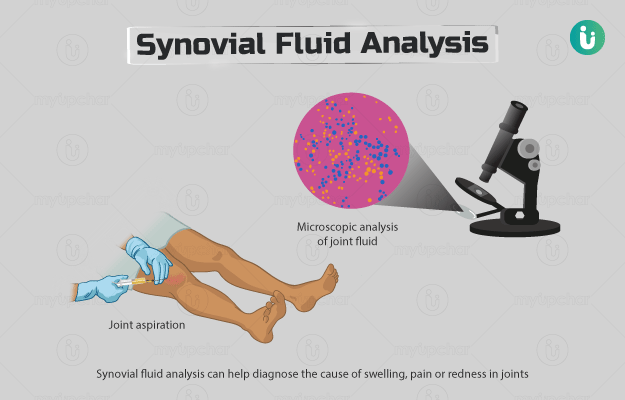What is Synovial Fluid analysis?
Synovial fluid analysis consists of a set of tests that assess the synovial fluid (a viscous fluid found in the cavities of the synovial joint). Synovial fluid reduces friction during joint movements in the hands, shoulders, hip and feet and cushions the ends of bones. It's consistency changes during infections and joint conditions like arthritis. Thus, a synovial fluid analysis helps detect and treat joint-related issues.
The tests included in synovial fluid analysis can be grouped as:
- Infectious disease tests: To identify and detect any microbes, if present.
- Physical characteristics: To evaluate the synovial fluid’s appearance.
- Microscopic examination: To count crystals and cells that might exist and identify their type under a microscope.
- Chemical tests: To identify changes in the synovial fluid’s chemical constituents
Joint fluid aspiration and joint fluid analysis are the alternative names for this test.






























